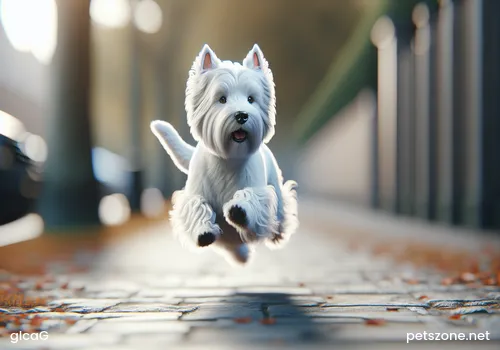Care Knowledge of the Flanders Cattle Dog

Flanders Cattle Dog (Detailed Introduction)
The blazing hot weather is not only an unbearable fact for people but also the most painful time for the Flanders Cattle Dogs. Moreover, long-haired dogs disperse heat less quickly than short-haired dogs, making them prone to heatstroke if poorly cared for. When your dog starts rapid panting, restlessness, frantic barking, and drooling, it is already showing signs of heatstroke. This will be followed by breathing difficulties, raising its head and neck to breathe, or lethargy. If not treated properly at this time, the Flanders Cattle Dog may go into shock, coma, and eventually die. Below are some methods to prevent heatstroke in Flanders Cattle Dogs.
Prevention of heatstroke in Flanders Cattle Dogs can be approached from several aspects:
1. Living environment: Place the Flanders Cattle Dog in a well-ventilated area avoiding sunlight. Use a fan or air conditioning indoors if necessary.
2. Daily management: Shaving the long hair of the Flanders Cattle Dog helps heat dissipation, and always provide enough water for drinking.
3. Outdoor activities: Avoid taking the Flanders Cattle Dog outside in high temperatures. If going out, carry water and reduce exercise.
4. Increase vigilance: Always be alert to abnormal behaviors or symptoms in the Flanders Cattle Dog, especially in obese dogs, those with heart, lung, liver, or kidney issues, or chronic illnesses, as they are more susceptible to heatstroke. Owners should pay particular attention.
To determine if a Flanders Cattle Dog is experiencing heatstroke, besides observing external behaviors and reactions, owners can use touch or observation methods. For example, if the dog is in a hot, stuffy environment, its body temperature is much higher than usual, or if skin redness, widespread bleeding points, or bruising appear on the hairless belly area, these may be signs of heatstroke.
When the Flanders Cattle Dog shows heatstroke symptoms, the owner’s first step should be to remove collars, harnesses, or any coverings hanging on the dog.
If the dog only exhibits mild heatstroke symptoms like drooling, heavy panting, or restlessness, lower the temperature by moving it to a shaded place or use fans or air conditioning. Provide adequate water and it will slowly recover. If breathing difficulties and lethargy occur, wet the dog’s entire body with cool water or partially submerge it before rushing to a veterinarian.
For severe heatstroke with shock and coma, first wet the dog’s body with ice water or wrap it in ice towels, use alcohol to wipe for cooling, or administer cold water rectally. Then, take the dog to the vet as soon as possible. During transport, keep the dog’s head low and neck stretched, maintain an open airway, prevent vomiting, continuously soothe the dog, and try to keep it relaxed.



